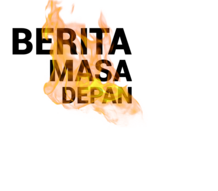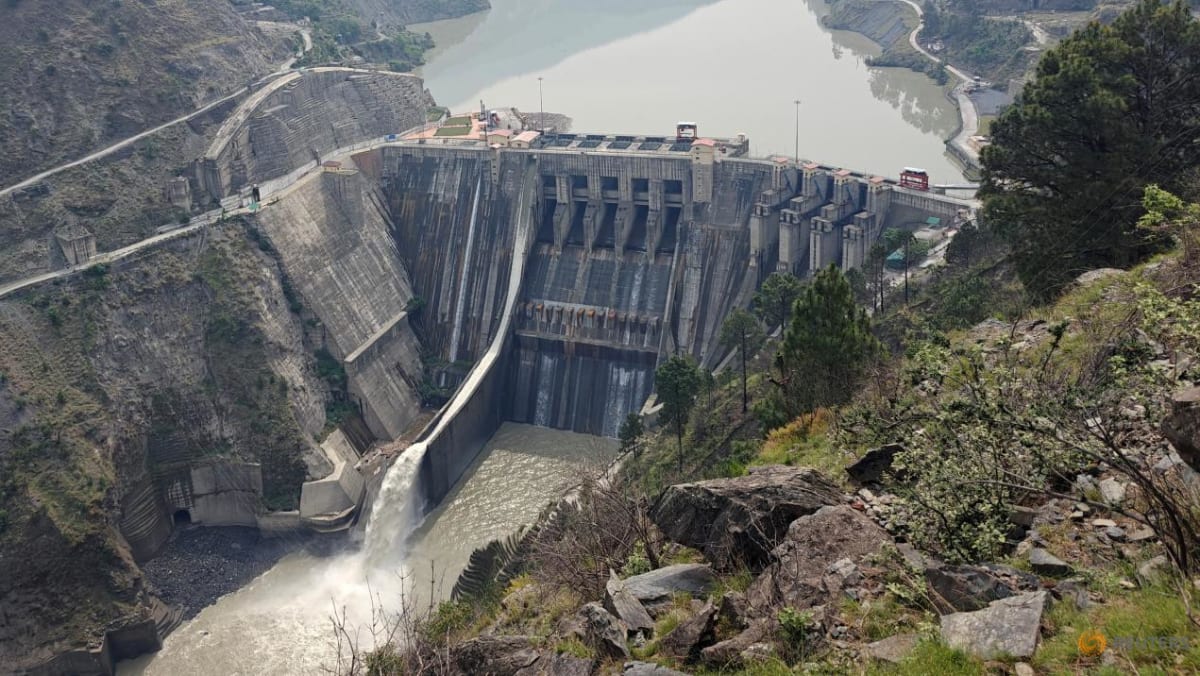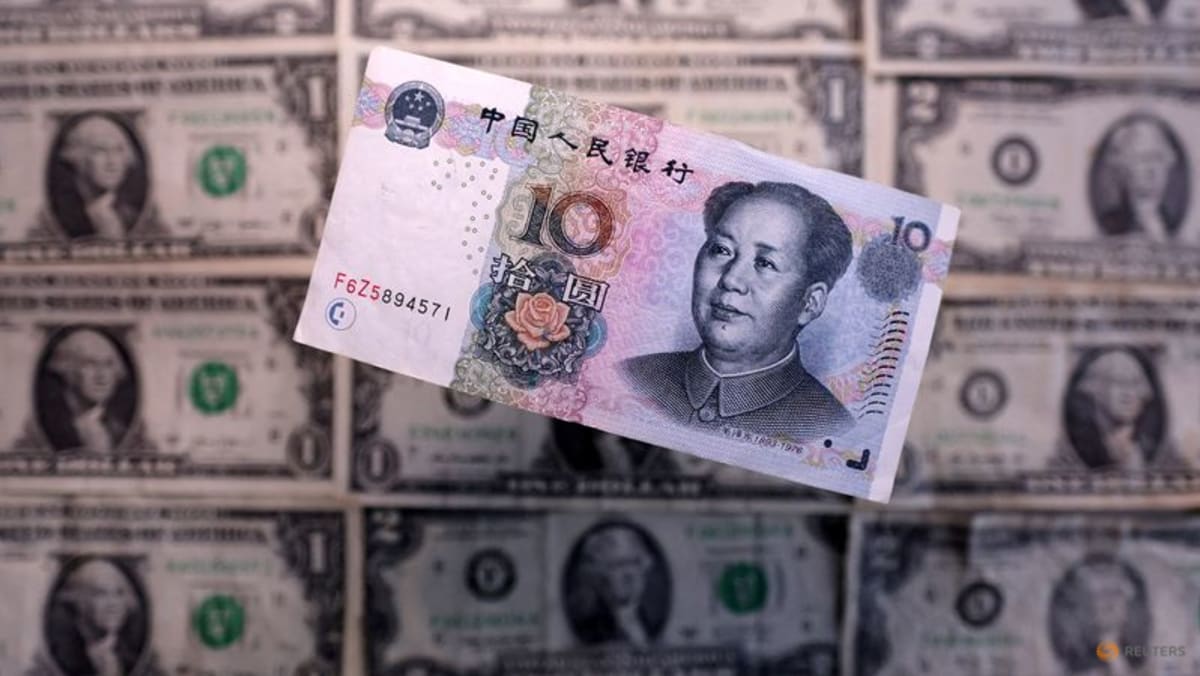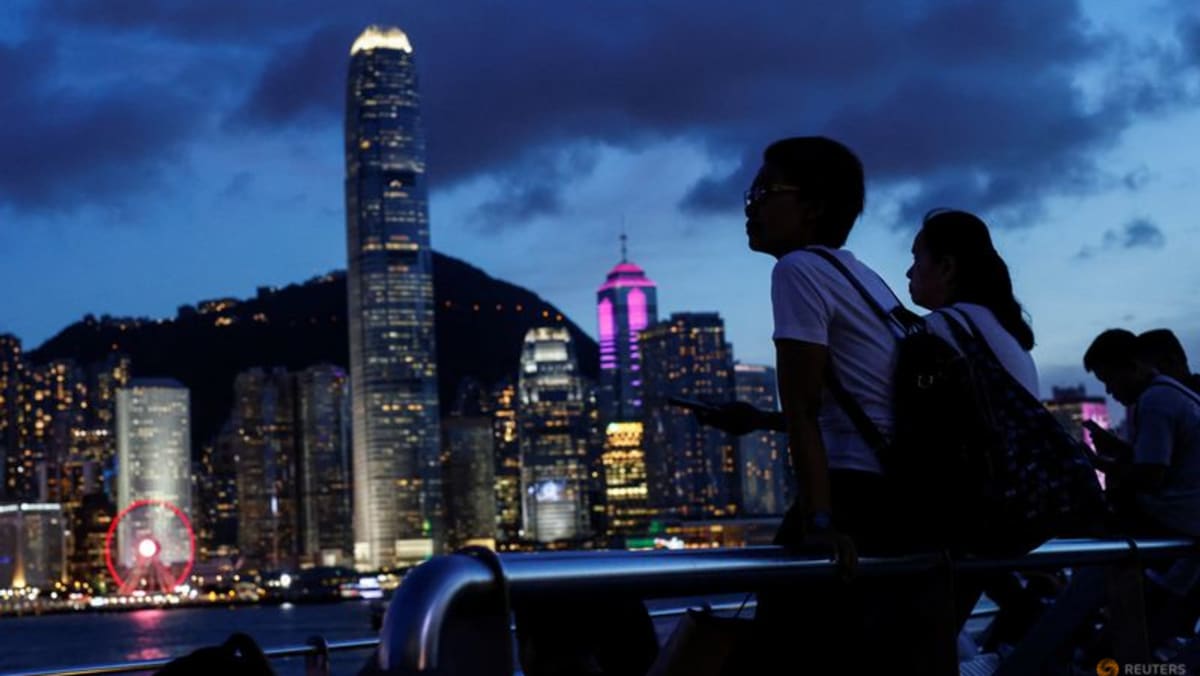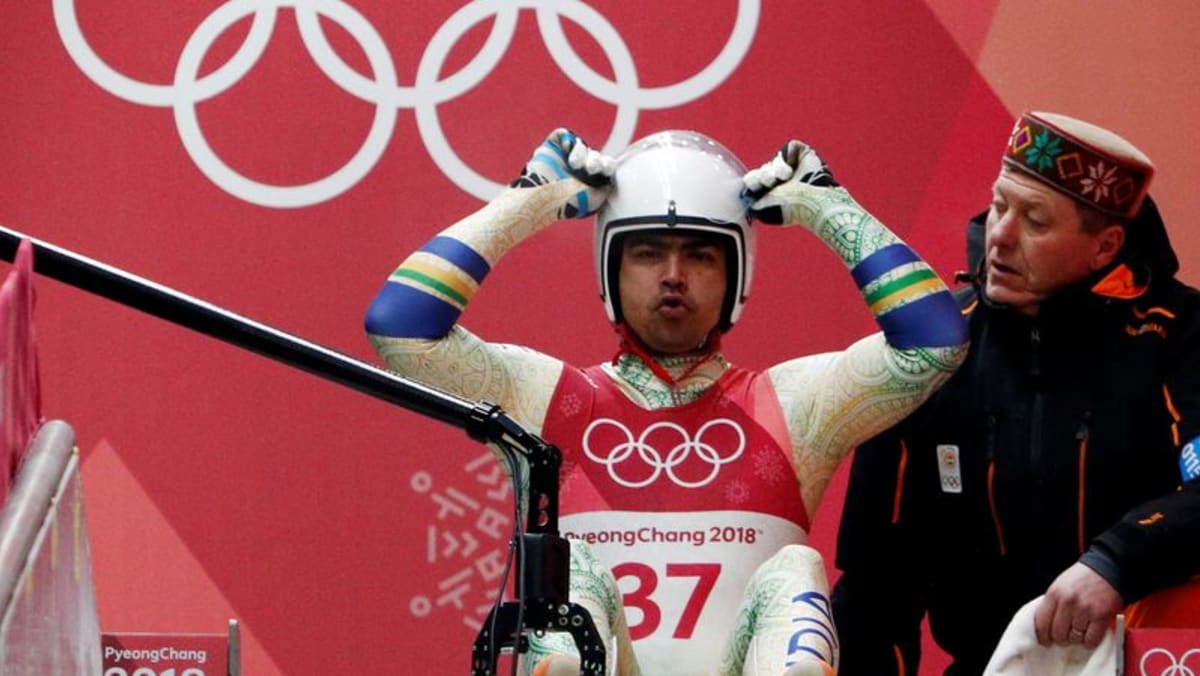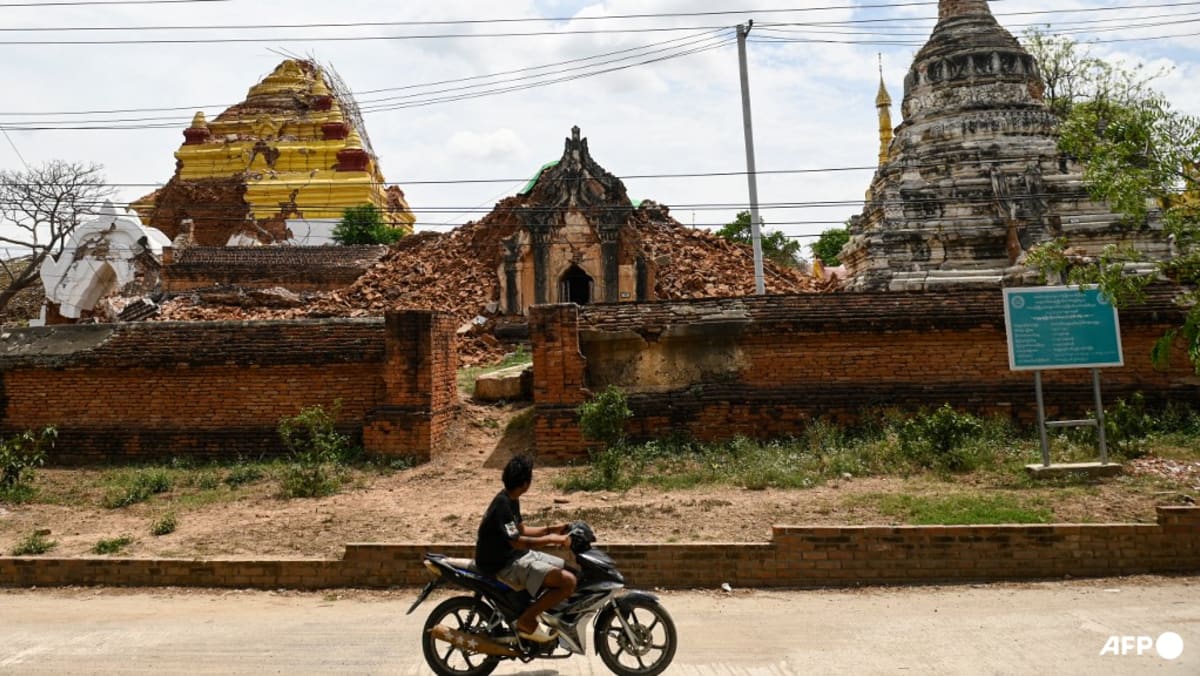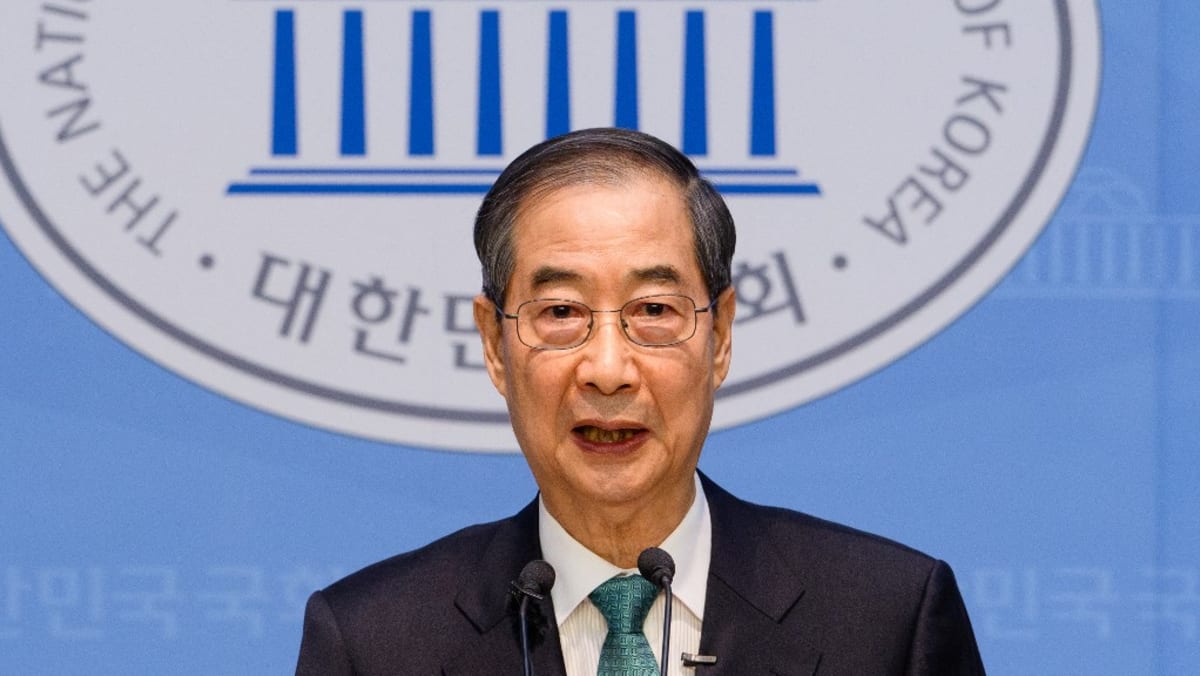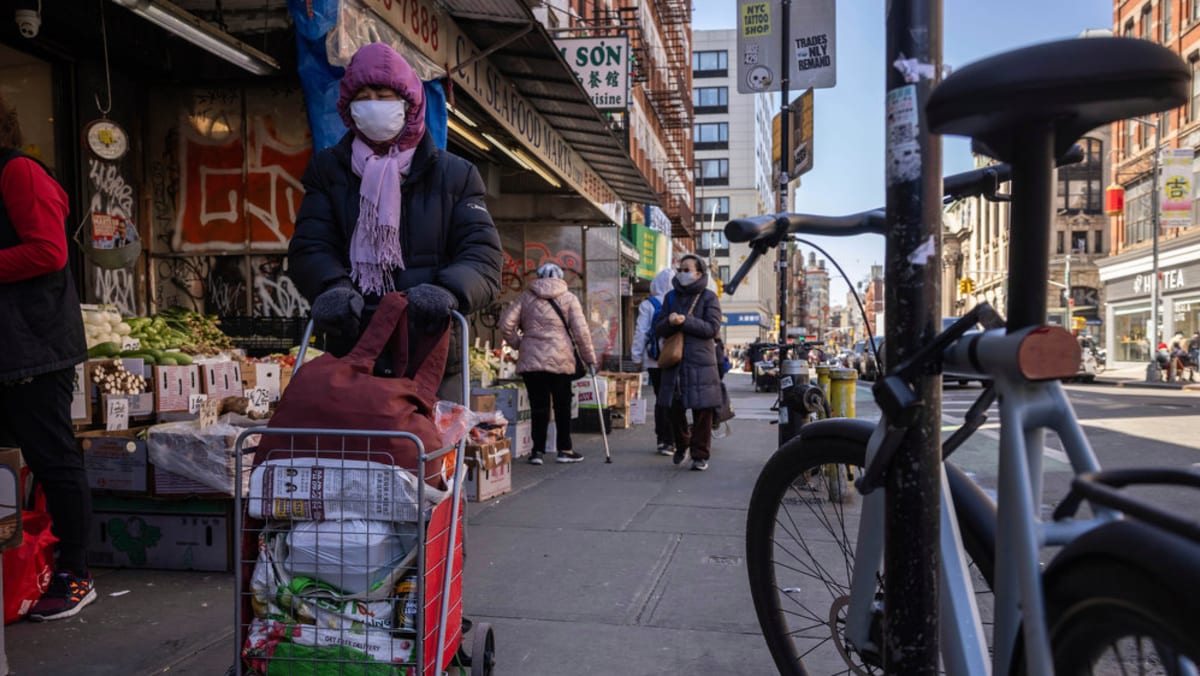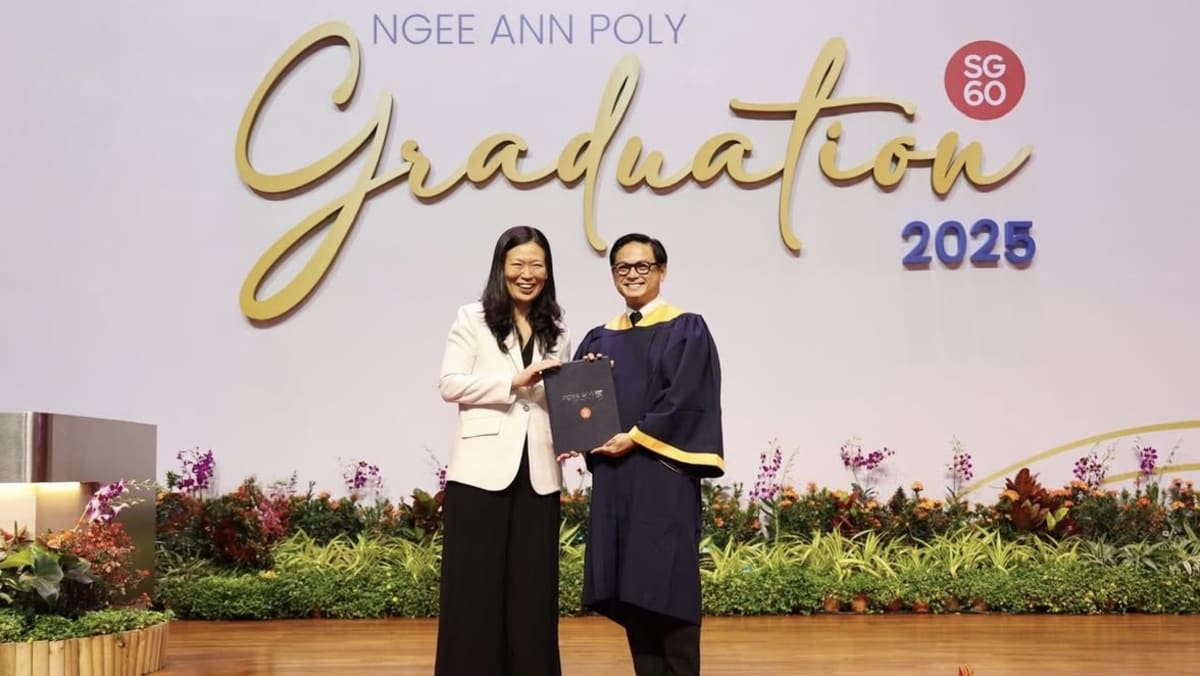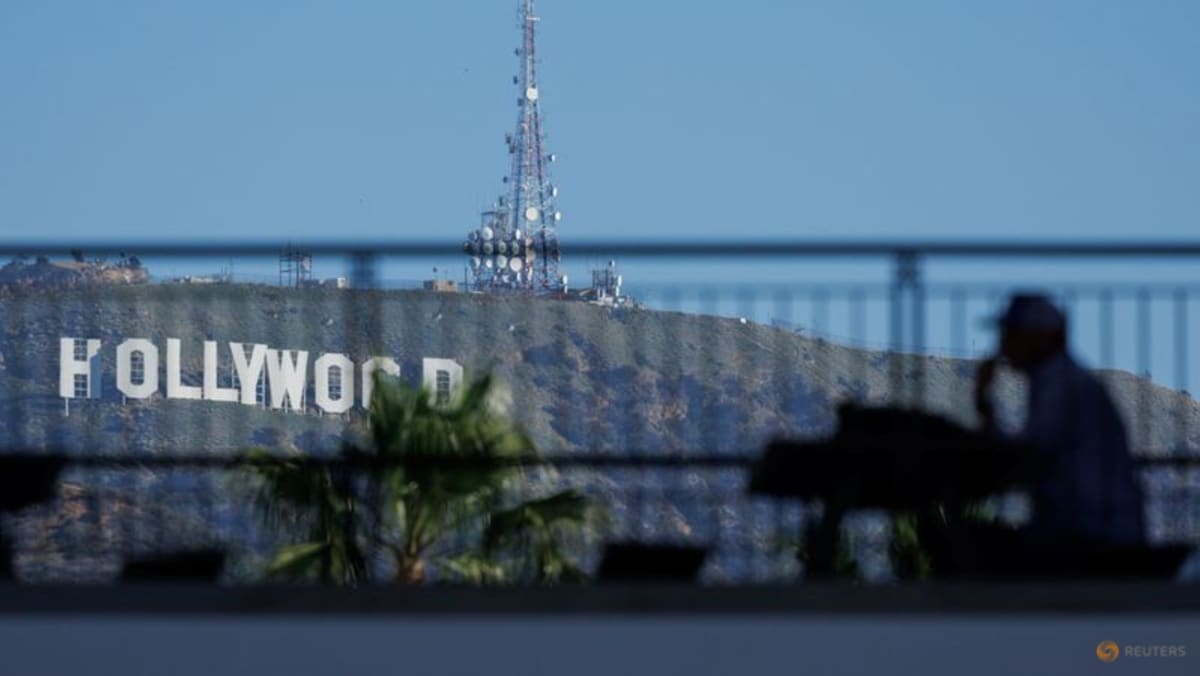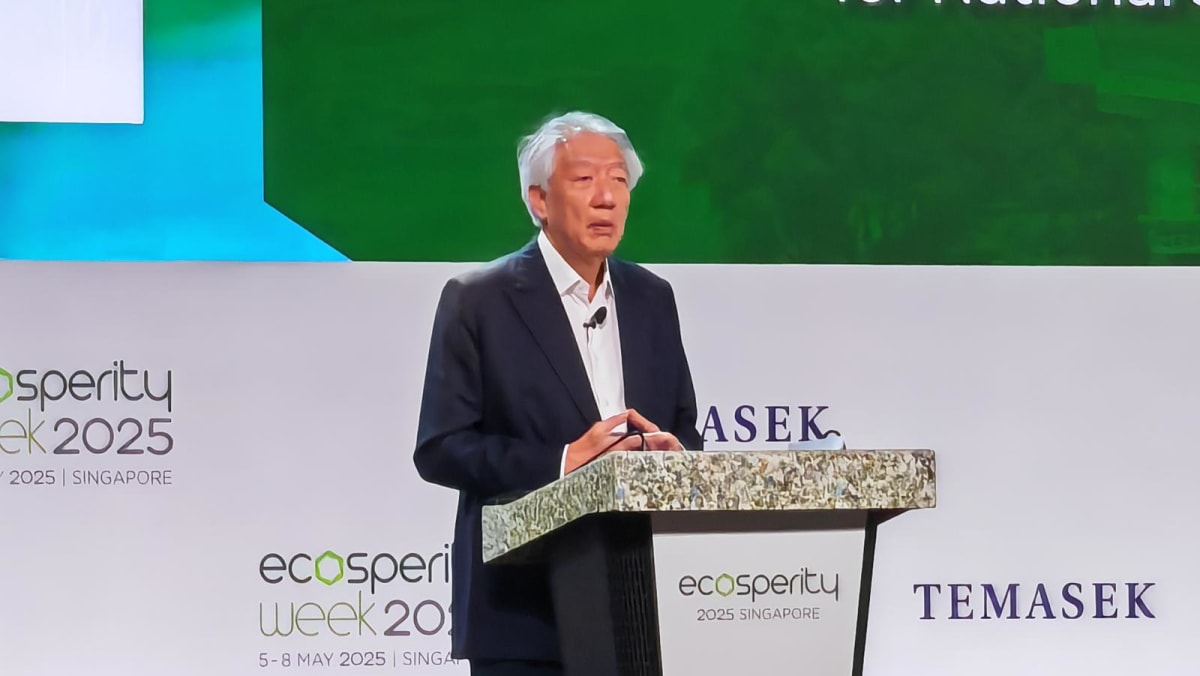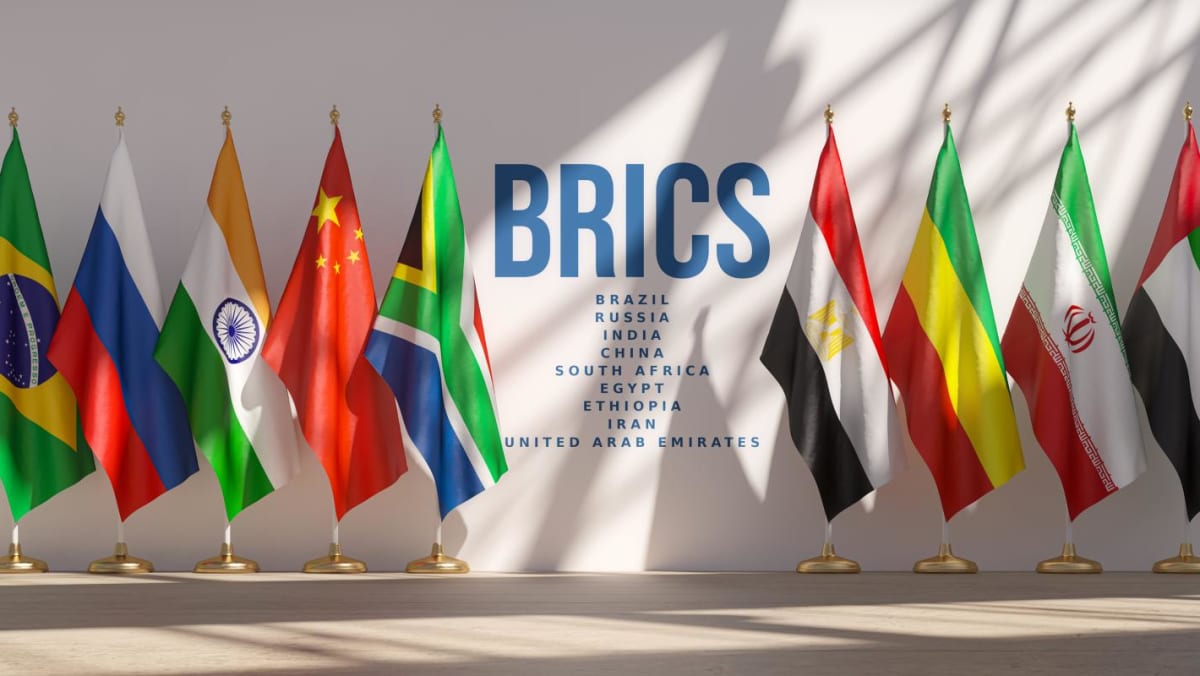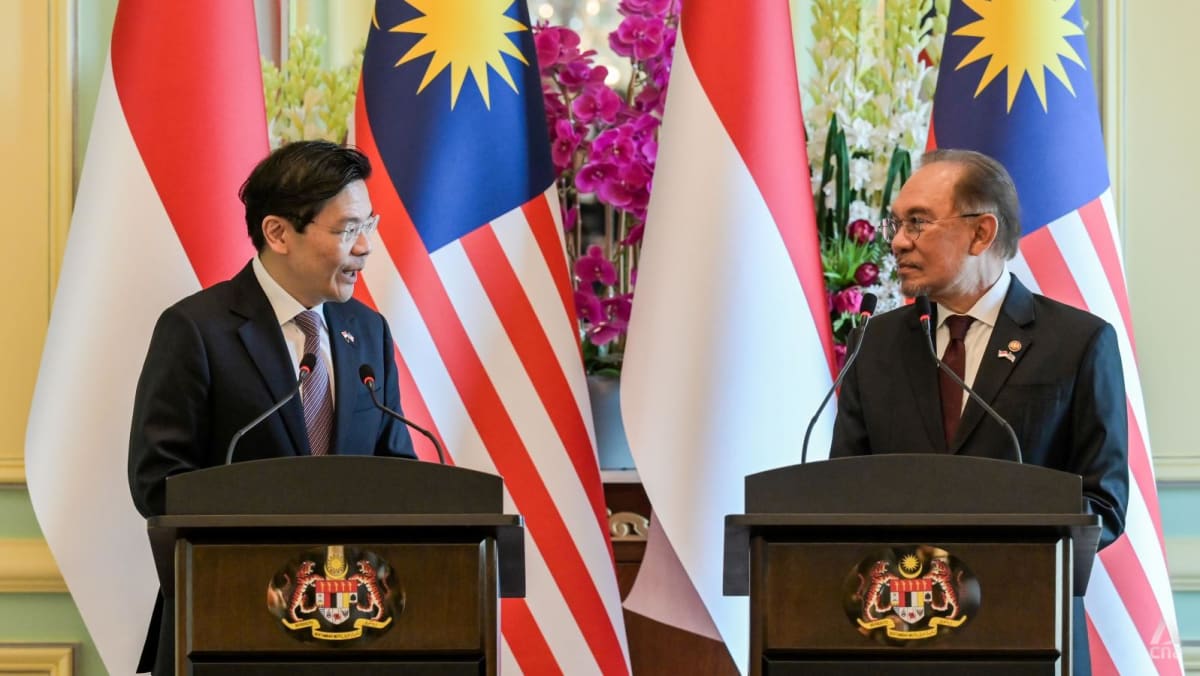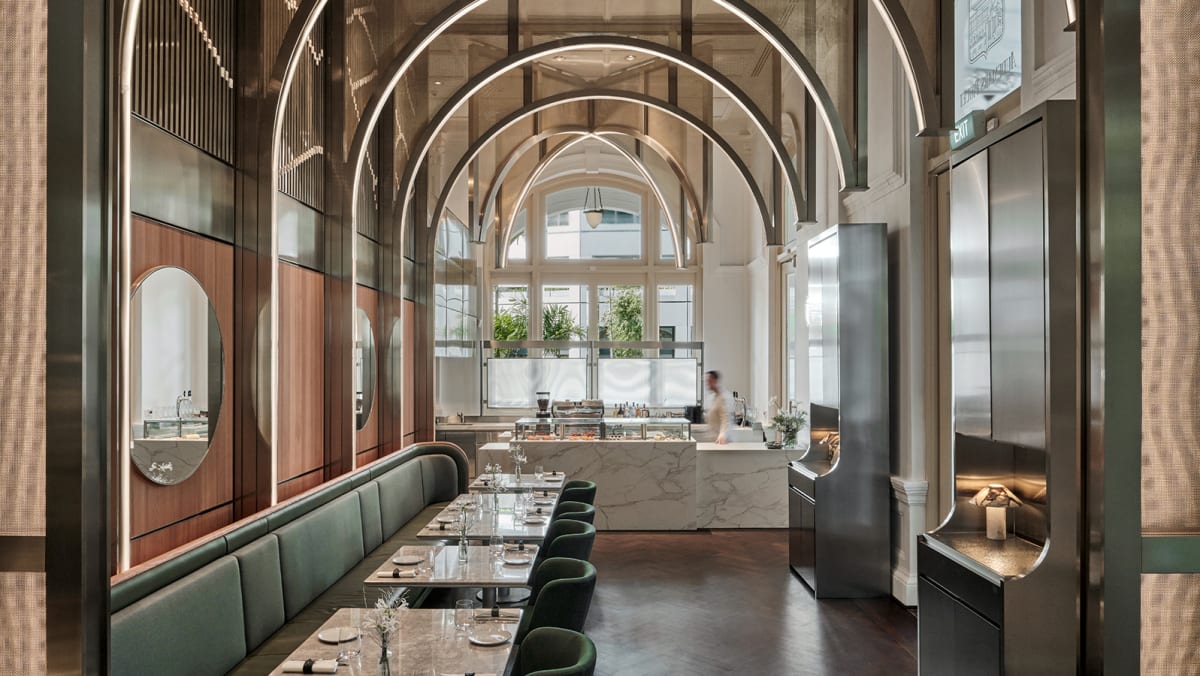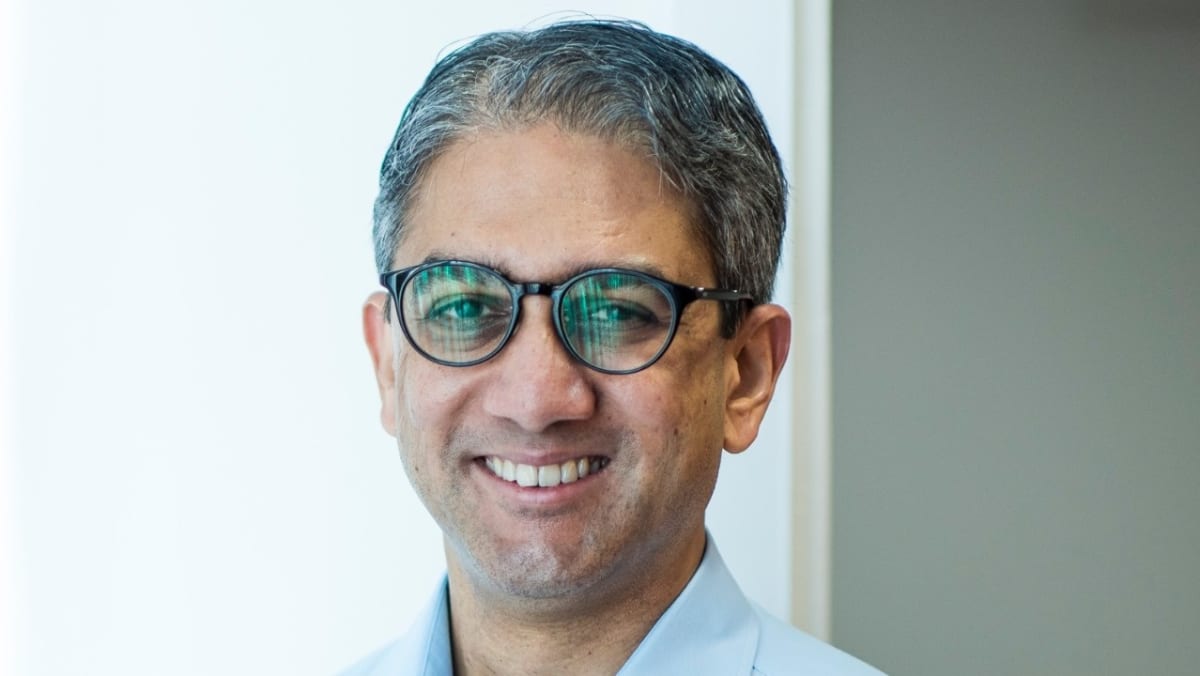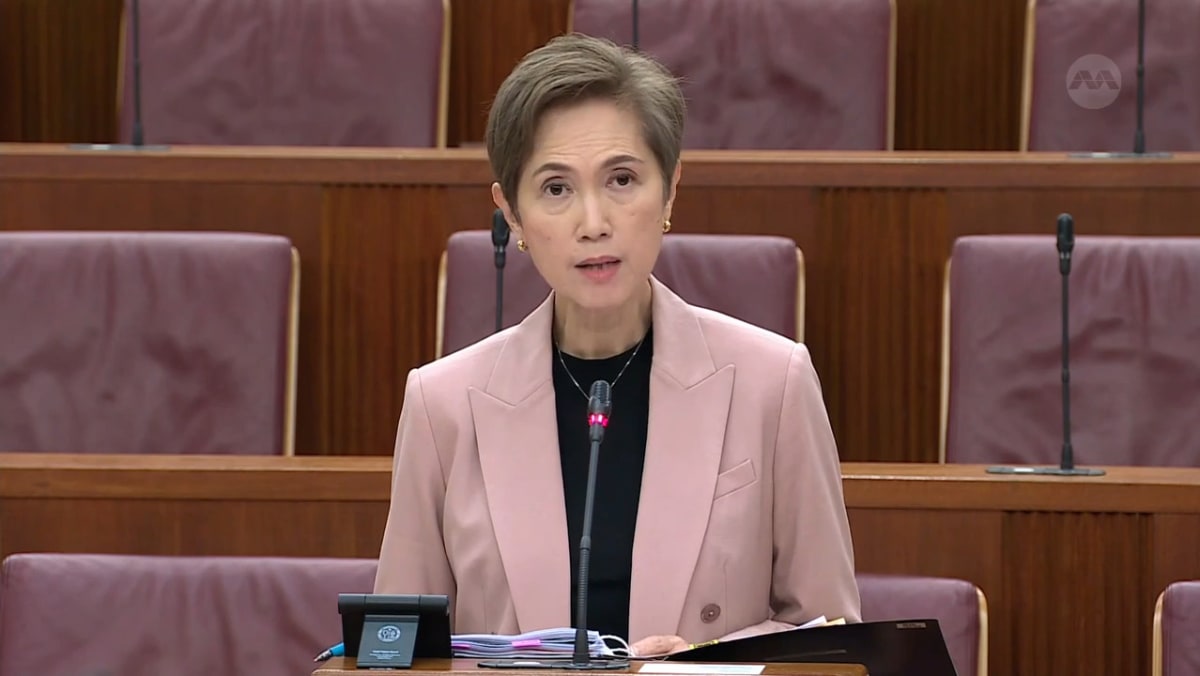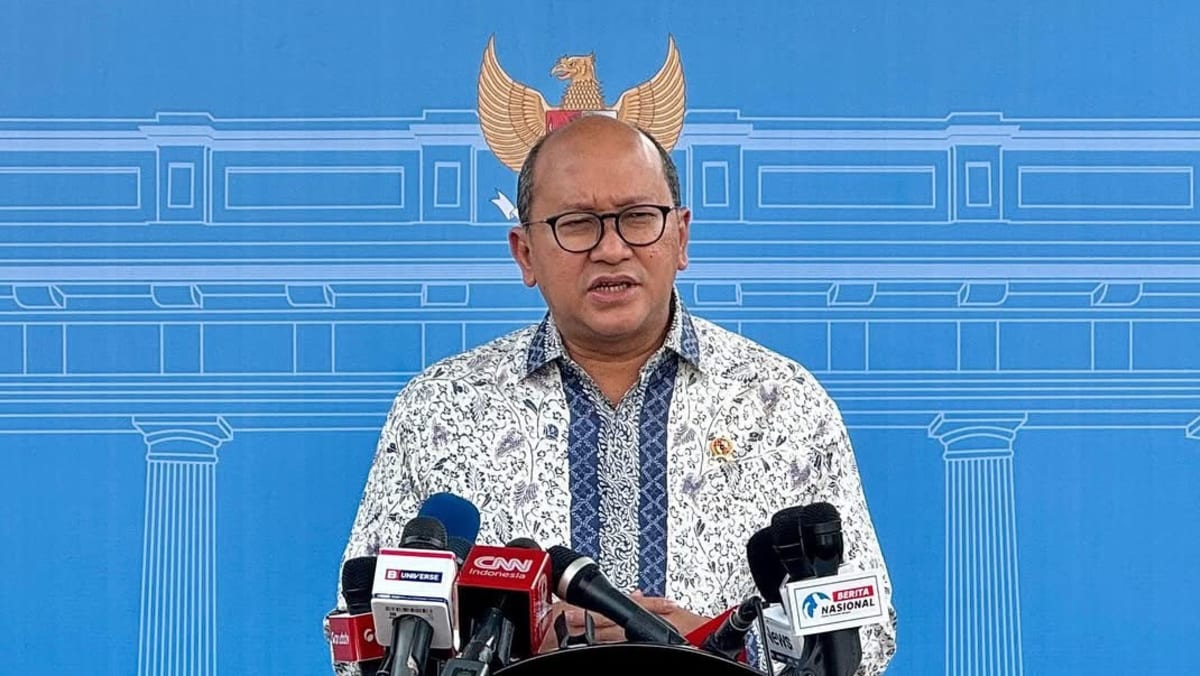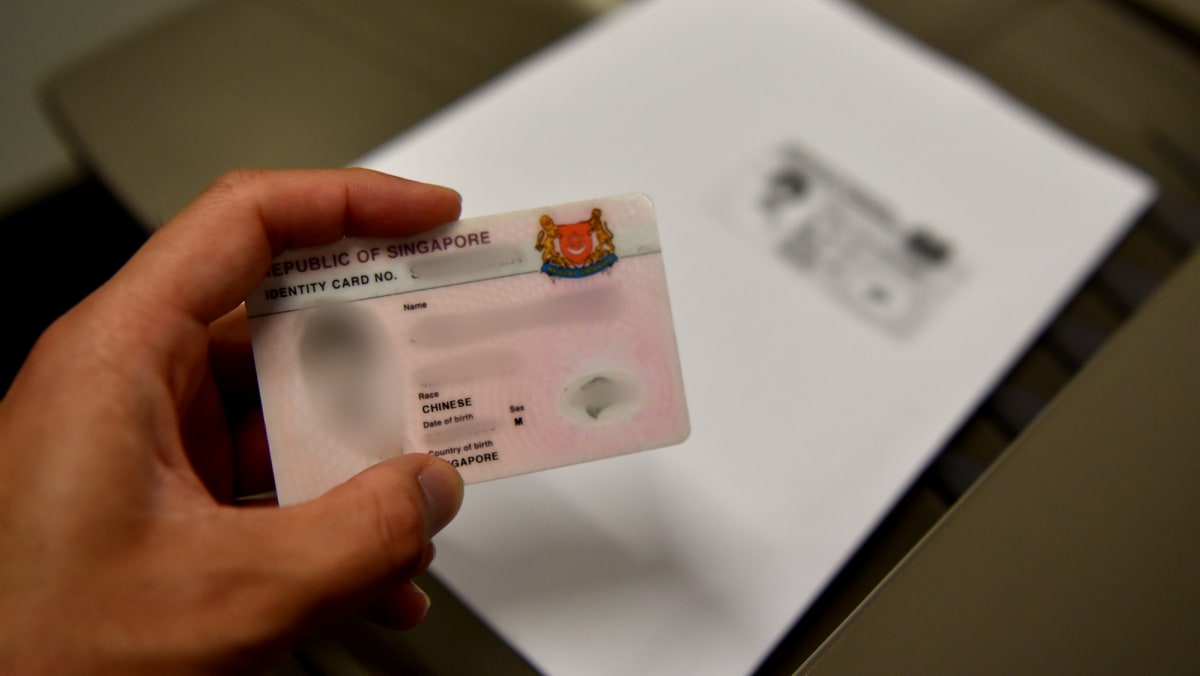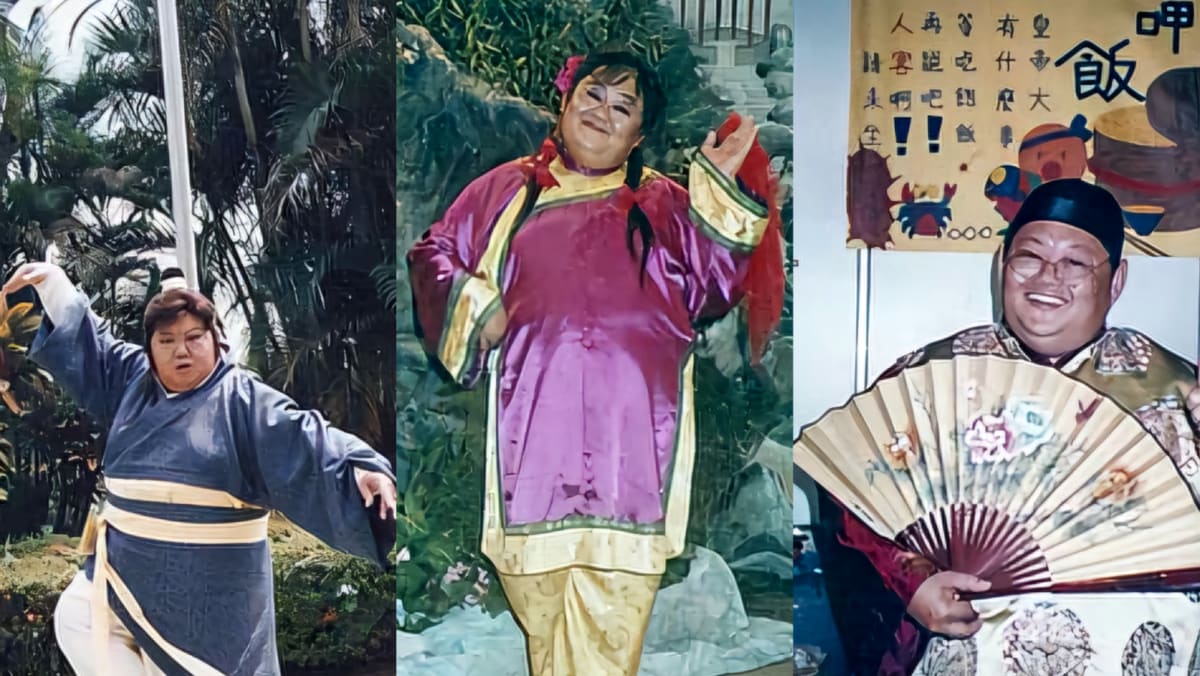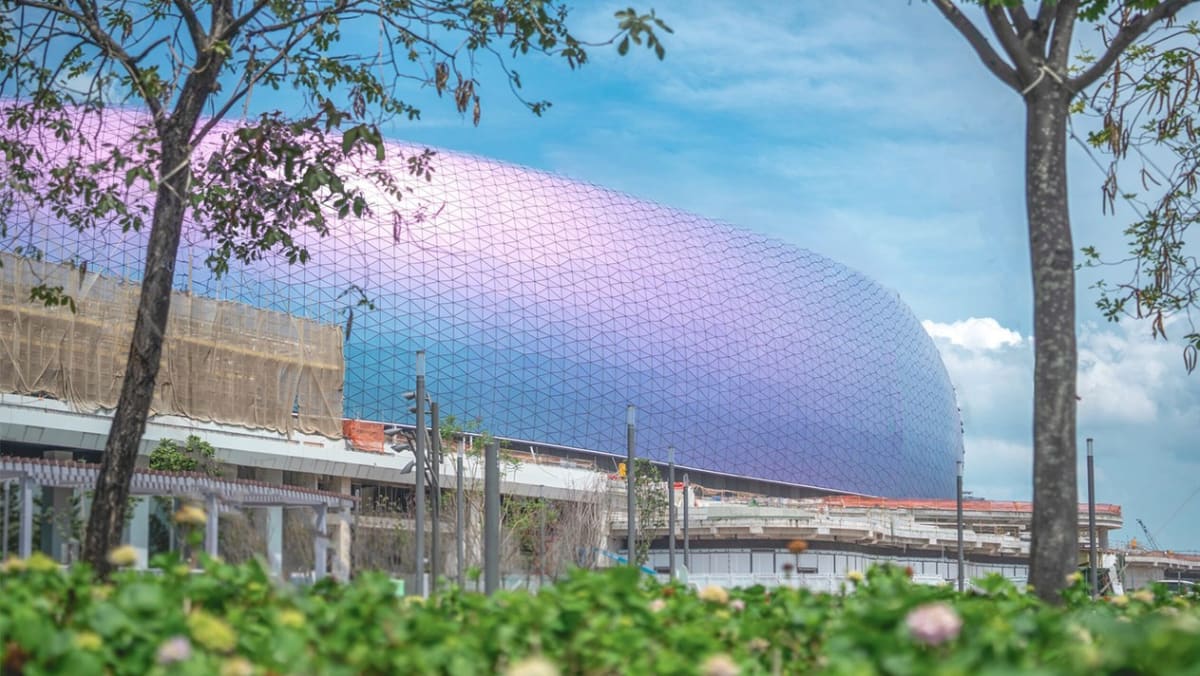KUALA LUMPUR: When P Arumugam received his licence to be a horse trainer at the Penang Turf Club in August 2023, he was over the moon.
He had grown up in the club's quarters as his parents were employees there. Following in their footsteps, he joined the industry and, over 30 years, has gone from being a labourer to track supervisor, then assistant trainer and licenced trainer.
News that Penang Turf Club, Malaysia's oldest horse racing club, is set to close its doors after its final race on May 31 has left the 47-year-old father-of-two reeling.
“It is a bad feeling. I felt that I was never given a chance (to be a trainer),” he told CNA in a phone interview.
He had invested significantly to become a trainer, paying licensing fees, stable costs and other operational expenses. Starting with 20 horses, he now oversees only two. His investments, he laments, are "all gone".
“What other job can I do? I am nearly 50,” said Arumugam, whose children are aged seven and 14. “I cannot just simply pack up and go anywhere. It is not an easy process … Now, I must start all over again.”
The Penang Turf Club's impending closure follows horse racing’s decline in the region. The 182-year-old Singapore Turf Club held its final race in October 2024, and the Macau Jockey Club ceased operations in April last year.
The sport faces similar headwinds in many other countries like Australia and the United States as it grapples with issues such as illegal betting, animal welfare, high cost of operations and competition from other forms of gambling and entertainment.
With the Penang Turf Club's closure, Malaysia will have two remaining ones: Perak Turf Club, established in 1886, and the Selangor Turf Club, founded in 1896.
Industry insiders told CNA that the closure of the clubs in Penang and Singapore will benefit the players left standing, but critical questions remain about the long-term future of horse racing in Malaysia.
 The Grand Singapore Gold Cup on Oct 5, 2024 was the Singapore Turf Club's final race. (Photo: CNA/Jeremy Long)
The Grand Singapore Gold Cup on Oct 5, 2024 was the Singapore Turf Club's final race. (Photo: CNA/Jeremy Long)
PENANG TURF CLUB CLOSURE “INEVITABLE”
The Penang Turf Club, occupying about 81.7 hectares of prime land in Batu Gantung on Penang Island, faced inevitable closure, according to an industry insider who noted longstanding development plans for the site.
The lack of races over the past few years, coupled with a dwindling horse population, further contributed to the decision, said the insider.
"You must have enough horses to achieve a healthy race day, which is about eight races at least. Unfortunately, they didn’t," said the insider, who declined to be named because he was not authorised to speak to the media.
His views were echoed by Selangor Turf Club's chairman Richard Cham, who cited the steady decline in the Penang club’s horse population without adequate replenishment as a key reason for the closure.
The shortage of horses made it increasingly difficult to sustain a full and competitive racing calendar, as a smaller field reduces the quality and excitement of the races, said Cham in a written response to CNA.
Penang Turf Club currently has only two trainers and eight horses in its stable.
“A strong and consistent number of runners is essential to maintaining the vibrancy and appeal of race meetings,” said Cham, adding that the situation reflected broader challenges faced by racing clubs in the region.
“Without enough horses to support regular, competitive events, it becomes challenging for a club to maintain momentum, attract new owners, and justify the significant operational costs associated with running a racecourse,” he said.
A main challenge faced by clubs, especially after the COVID-19 pandemic, was a drop in attendances and revenue. The Macau club, for example, racked up losses of US$310 million, according to a report by news agency AFP.
The Singapore Turf Club’s average attendance per race day declined from 11,000 in 2010 to 6,000 in 2019. After the COVID-19 pandemic, attendance was 2,600 per race day.
John Lim, chairman of Perak Turf Club, told CNA that its attendance of about 700 people during race days is a far cry from around 7,000 in its heyday back in the 1980s.
When he entered the sport back in 2007, the three turf clubs in Malaysia were able to generate about RM1 billion (US$232.6 million) in betting revenue a year, he said.
These days, annual revenue has fallen to about RM350 million, which Lim attributes to widespread illegal betting.
At the Malaysian clubs, the minimum legitimate bet is RM5, but Lim pointed out that some illegal websites offer lower minimum bets of RM4.20.
“A lot of the betting revenue has shifted to the illegal operators. We cannot control the illegal betting market out there,” he said in a phone interview.
Governments around the world impose taxes on betting to mitigate its negative social impact.
But illegal operators, circumventing regulations and taxes, are able to offer consumers better odds, according to a report on illegal betting markets last year by the Asian Racing Federation.
The federation comprises 28 national racing authorities and racing-related organisations from across Asia, Oceania, Africa and the Middle East.
Research has estimated that around 80 per cent of sports bets worldwide are made illegally and the United Nations estimated in 2021 the total amount bet annually may be as much as US$1.7 trillion.
Lim said the Perak Turf Club was losing money, but did not disclose figures.
“There are no thoughts about closing at the moment, but no business can survive if it loses money continuously. We just hope that it doesn’t come to that,” he added.
“People need to know that we are losing money mainly because there isn't enough revenue because of illegal betting. They have to change that mindset and support legitimate betting if they want the sport to continue," he added.
Curbing illegal gambling and its appeal is an uphill battle, however.
A regular punter at the Selangor Turf Club showed CNA an unauthorised website offering slightly higher winnings than the club and added: “These websites pay the money into your account almost immediately.”
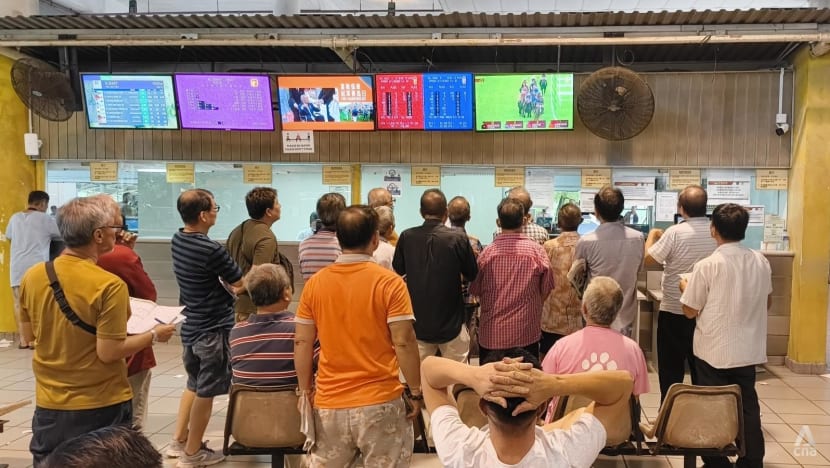 Punters watch a horse race on television at the Selangor Turf Club on April 27, 2025. (Photo: Rashvinjeet S Bedi)
Punters watch a horse race on television at the Selangor Turf Club on April 27, 2025. (Photo: Rashvinjeet S Bedi)
SELANGOR AND PERAK HAVE OPPORTUNITY FOR GROWTH
After Singapore and Macau shuttered their racing clubs, Cham said some owners and trainers from both places relocated their horses to Selangor and Perak. Selangor has over 800 horses currently while Perak has 188.
This presents an opportunity for growth, and his club is now focused on expanding into international markets, said Cham.
“With the increasing recognition of the club's potential, there is a clear path forward to tap into global racing communities, attract international investors and broaden its audience base,” he said.
“This expansion not only promises to strengthen the club’s reputation but also to elevate the profile of Malaysian horse racing on the world stage.”
Selangor club is collaborating with international partners to telecast their races globally and attract new audiences, he said.
Races in Selangor are telecast “live” to turf clubs and various other platforms in Australia, New Zealand, North America, Singapore, United Kingdom, Ireland, India, and Turkiye.
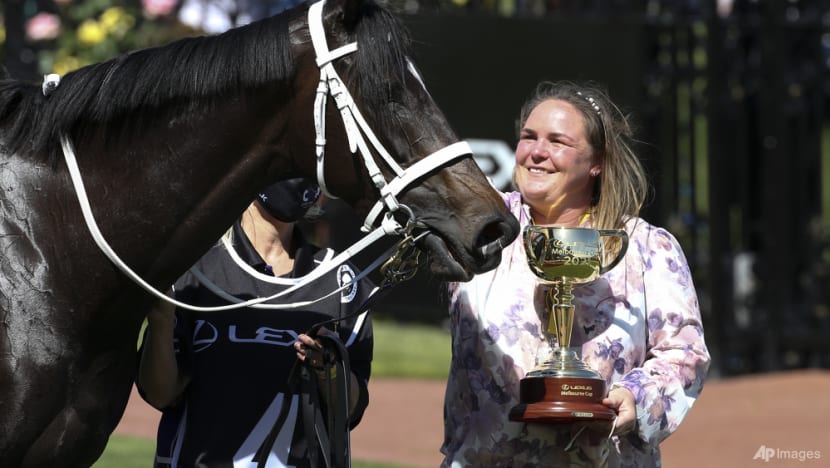 The Melbourne Cup in Australia. (AP Photo/Asanka Ratnayake)
The Melbourne Cup in Australia. (AP Photo/Asanka Ratnayake)
The club, which is hosting 55 race days this year, has also increased its prize money from RM17.3 million in 2024 to a total of RM31 million, including RM3.7 million for feature races.
“This substantial increase not only provides greater incentives for participation but also demonstrates confidence in the future of the sport,” said Cham.
The club declined to disclose its operating costs or any profits or losses when asked by CNA.
The club is also investing in infrastructure upgrades, such as improving drainage on the main track and building a new racing track. It is actively seeking more collaborations to secure a consistent pipeline of high-quality young horses.
Perak Turf Club’s Lim similarly sees opportunities in a less crowded Malaysian horse racing landscape.
“Singapore’s closure benefited Malaysia because horses and trainers from Singapore have to go somewhere else,” he said. Hundreds of horses were reportedly relocated to Malaysia after Singapore Turf Club’s closure.
With its current number of horses, Perak Turf Club is secure in racing terms for “at least three years”, he said.
But in the longer term, there is a need to bring in horses from places such as Australia so that the population is maintained, he said.
"We must consider drastic measures, focusing on either aggressively building our market share within horse racing itself, or exploring other avenues that can sustain us beyond just conducting horse races," he said.
BECOMING A LIFESTYLE DESTINATION
Attracting younger fans to the “sport of kings” is crucial to cultivate a new generation of enthusiasts, said Rosalind Lim of the Malayan Racing Association (MRA), which promotes the interests of horse racing in Singapore and Malaysia.
“It’s still very much the old generation of fans and we have failed to attract the young audiences,” she said.
At a recent race day at the Selangor Turf Club, attendees appeared to be mainly elderly men. Most were glued to the television screens as races from Australia and South Africa were shown between races at the club that day.
One punter who only wanted to be known as Boon, 67, told CNA that he was at the races most weekends because it was fun.
“Just like how people watch football at the mamak restaurant or on big screens, it is much more exciting,” he said.
He agreed attendance has dropped significantly over time. “Many years ago, there was no place to even sit,” he said, gesturing at the many empty chairs and tables at the club.
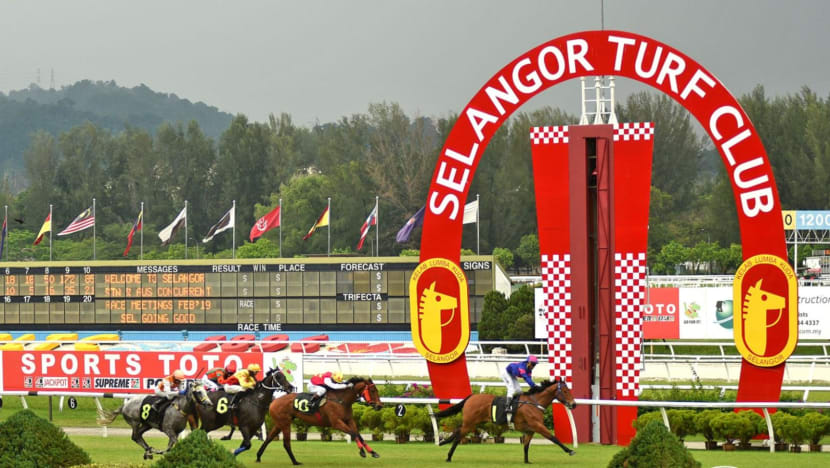 The Selangor Turf Club wants to transcend horse racing's association with betting. (Photo: Selangor Turf Club)
The Selangor Turf Club wants to transcend horse racing's association with betting. (Photo: Selangor Turf Club)
There is also a stigma associated with horse racing due to its connection to gambling, said MRA’s Lim.
Both the Selangor and Perak clubs said they want the sport to transcend its association with betting.
Cham said Selangor club wants to position horse racing as a lifestyle and capitalise on the aspirations of individuals who dream of owning racehorses and achieving the thrill of victory when their horses win.
“This new approach focuses on the personal satisfaction and pride that comes with owning and nurturing a successful racehorse, creating a deeper emotional connection to the sport,” he said.
He added that the club was exploring a partnership to build a multi-sport complex and a luxury car showroom cafe.
The Perak Turf Club has already embarked on its transformation.
It is investing about RM6.5 million in new facilities such as a swimming pool and gymnasium, as well as tennis, badminton and pickleball courts.
While horse racing remains its core activity, Lim said the club aims to evolve into a broader leisure and entertainment destination.
“People don’t know horse racing is still going on. We want to open the club for the larger community to enjoy,” he said.
The club also hopes to begin operating dining and retail facilities by this year, said Lim.
“The perception is that these clubs are gambling dens, but we are trying to soften the image of horse racing so that more people can embrace it over time,” he said.
